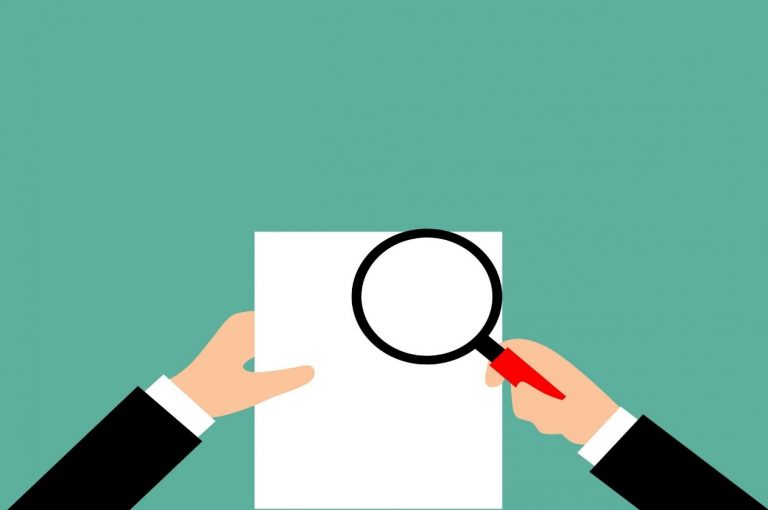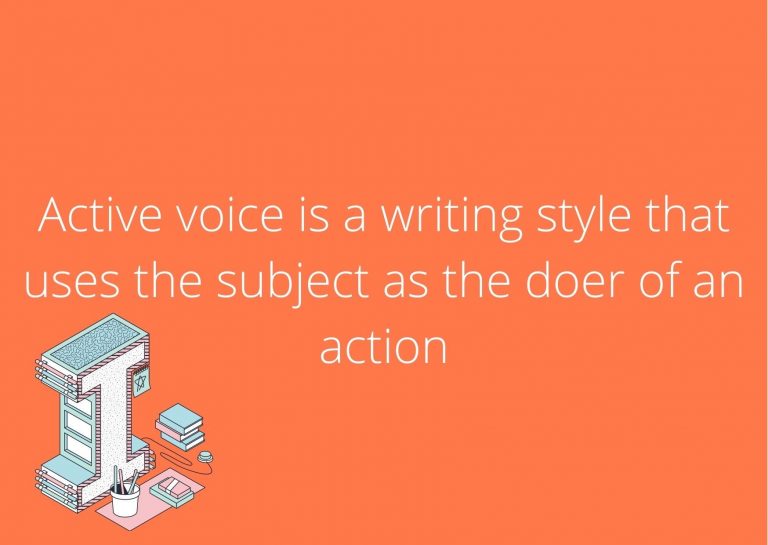Referencing With Numbers (Vancouver)- Guide and Examples
References are important because they credit other people’s work and point out where your ideas came from. Writing references add credibility to findings and papers.
Vancouver referencing style is mostly used in science and medicine.
This guide will walk you through the different ways to reference sources using Vancouver referencing style.
Book Citation
Cite the author’s last name followed by a comma and then the year of publication in parentheses or square brackets {}. Follow that with “Book Title (italicized), Edition Number (if applicable for first ed., second ed., third.), Publisher Name, Location.” For example:
“Wilson, (2010). We have come a long way…but we have farther to go: Addressing contemporary issues of families with young children.” In M. A. Carsrud & C. E. Snow (Eds.), Families today: Looking forward, looking back (pp. 3-17). Brookes, Baltimore.


Book Chapter Citation
Give the author’s last name followed by a comma and then the year of publication in parentheses square brackets {}. Follow that with “Chapter Title (italicized), In Book Title (italicized), Editor’s first initial(s) and last name(s), Edition Number (if applicable for first ed., second ed., third etc.), Publisher Name, Location.” For example:
“Rao, (2011). You are what you eat: How food can affect mental health through chemical senses and hormones.” In D. Freeman & R. Benton (Eds.) Phytochemistry and ecological interactions (pp. 61-74). Cambridge University Press, UK.”


Citation of Electronic Sources
If the work that you are citing is found online, link to it, if possible. If you cannot link because the site does not allow it (this is rare), then use permalinks (URL https). You may also cite specific pages for book chapters and journal articles, including the author and page number(s). For example:
“James G., [New York Times]. (2015). Searching for the fountain of youth in mice’s blood.” Retrieved from https://www.nytimes.com/2015/12/21/science/blood-of-mice-holds-clues-to-extending-life.html?_r=1
Citation of Published Material
It is always best to cite material published within the last three years because there is a good chance it will be published in paper format, which you can then use if needed.
Start with the author’s last name, then the year of publication (in parentheses). Next comes “Title of Article (italicized), Journal Name, Volume number (issue Number in italics if applicable), pages.” Examples:
“Killeen NJ, Rathouz PJ (2012), The association between asthma and cardiovascular disease among adults without asthma.” Journal of Asthma 49(5): 449-452.”
“Stevens, B et al. (2009). Trends in the Prevalence of Diagnosed Diabetes among Youths Compared with Young Adults From 1988 to 2008.” Journal of Adolescent Health 54(1): 19-26″
If you are citing a website, do not forget to include the date accessed as well as a permalink. For example:
Health care reform [CNN]. (2015). Retrieved from http://www.cnn.com/2011/HEALTH/11/14/health.care.reform/”
Citation of a Book That Has Been Published in More Than One Form
Give the author’s name followed by a comma and then the year of publication in parentheses. Follow that with “Book Title (italicized), Edition Number (if applicable for first ed., second ed., third etc.), Publisher Name, and Location.” For example:
“Grant G., (2011). Lincoln: A Photobiography (2nd Ed).” Scholastic Press, New York.”
Newspaper Article Citations
Cite article author(s) last name, comma, year of publication (in parenthesis), “Title of article,” Daily newspaper or weekly journal’s volume number(s), issue number in italics if applicable, day month year of publication, page numbers. Examples:
“Dellinger, (2010).” Zika virus: 9 essential facts you need to know. USA Today, 25 February, p. 13A.”
“Krishnakumar, (2015). “From ‘village idiot’ to Wall Street whiz,” The New York Times, 17 April, A1.”
If an article has no author (which is rare), start with the publication title, then the publication date (in parentheses), and lastly, page numbers if applicable.
“When to take oil pulling?” Natural Remedies, (25 February), p. 9.”
Formatting Reference List
Here is how you should format the reference list of your paper in regards to the order of items.
If you are citing two or more works in your reference list, please separate them with a semicolon. Examples:
“Harel Y et al. (2010); Blanco C et al. (2008)”
“Steinmetz N. (2010); Sabo D (2015)”
For article citations, give the author’s last name followed by a comma and then the year of publication in parentheses.
Wilson, (2010).
Follow that with “Article Title” in quotation marks, which should be capitalized and italicized, then place “Publication Title” in italics and finally place the publication date.
Wilson, W. (2010). “Web of human connections helping more teens get into college.” New York Times, 27 June 2010.”
For a journal citation, give the author’s last name followed by a comma and then the year of publication in parentheses. Then follow this with “Journal Title Volume Number (Issue or Part Number), page numbers.”
“Wang J, (2004).”Dynamic interactions of gene expression in response to face-to-face interactions.” Personality and Social Psychology Review 8(4): 347-361.”
General Guidelines-Vancouver Style
In-text references, which are placed at intervals in the sentence, should be followed by a comma and have the author’s last name, publication year, and page number if applicable.
Each reference should be cited either parenthetically (Smith, 2016) or with a superscript number with no blankets, i.e., Smith 1.
“According to Wilson (2010), “Although there are many negative effects of media on children and adolescents, a positive correlation is found between media use and social competence.” (p. 3).”
“It is evident that media use has a negative impact on children and adolescents, as they have been linked to poor school performance Wilson, 2010.”
- In-text references should not include the name of the publisher or the location of the work.
If there is no author, use the year of publication in place of the author.
“The rate of girls who experience depression increases significantly as they enter adolescence (2005).”
If there is no date of publication, use the abbreviation “n.d.” and be sure to check with your professor their preference on this formality.
“There is significant debate as to whether technology is bringing people together or further separating them (n.d.).”
User guides should be referenced as the name of the company or author placing “n.d.” instead of a year.
“Nest (n.d.) has also designed an app to help you regulate your thermostat remotely.”
At the end of your paper, write a list of all sources used to collect information. Include also titles of articles and journals, but not only names.
Good luck! I hope this guide was helpful.


I‘m a freelance content and SEO writer with a passion for finding the perfect combination of words to capture attention and express a message. I create catchy, SEO-friendly content for websites, blogs, articles, and social media. My experience spans many industries, including health and wellness, technology, education, business, and lifestyle. My clients appreciate my ability to craft compelling stories that engage their target audience, but also help to improve their website’s search engine rankings. I’m also an avid learner and stay up to date on the latest SEO trends. I enjoy exploring new places and reading up on the latest marketing and SEO strategies in my free time.







